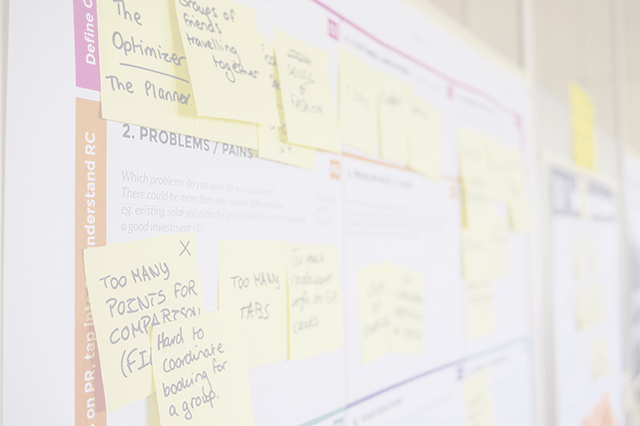Persona
A persona is a fictional character created to represent a group of users of a product. A persona is based on research of real users, usually discovered through structured interviews. The use of structured interviews helps reduce the cognitive biases of the researcher doing the work.
We use personas to help developers and stakeholders better understand and empathize with their end users. They remind the Scrum team that the end user is different from the people doing the work in respect to different tools, different skill level with technology and, often, different environments. For example, an NGO building a product in North America that their clients will use on the ground in Africa will have a completely different context than the end-users.
There is no single format for personas. I reinforce this point in Certified Scrum Product Owner workshops by using two different formats.
One Sample Format
- Persona Label:
- Photo:
- Fictional name:
- Occupation:
- Demographics:
- Goals and tasks:
- Frustrations:
- Environment:
- Quote:
I like to include a photo or even a sketch to make them memorable. Others include behaviours, motivators, etc…
Common Mistakes
- Relying on hearsay - i.e. feedback from stakeholders instead of doing real research
- Relying on bug reports or feature requests alone - these only tell that there is a problem, they don’t help us understand
- Using GenAI to create the persona from User Interview Data
- Making them too generic
- Creating too many personas - we struggle to keep track of more than 3-4 at a time. If your audience is broader, focus on a few key points to start with and then refine some as needed.
- Assuming they’re unchanging
- Not involving the team in creating the personas
Used well, personas build understanding and empathy between the customer and the team, and their basis in structured interviews can also reduce unconscious bias.
Resource Links
- A Template for Writing Great Personas
- Approaches to Creating Personas - excerpt from “The User Is Always Right: A Practical Guide to Creating and Using Personas for the Web”
- How Pragmatic Personas Help You Understand Your End-User
- How to Breathe Life Into Personas
- Five Approaches To Creating Lightweight Personas
- Personas: Putting the Focus Back on the User
- Persona “How To & Tools”
- Personas: Why is it important to understand your users?
- Tweaking the Persona
- Why is it important to understand your users?
- Customer Empathy Map - a great pre-cursor before creating personas
